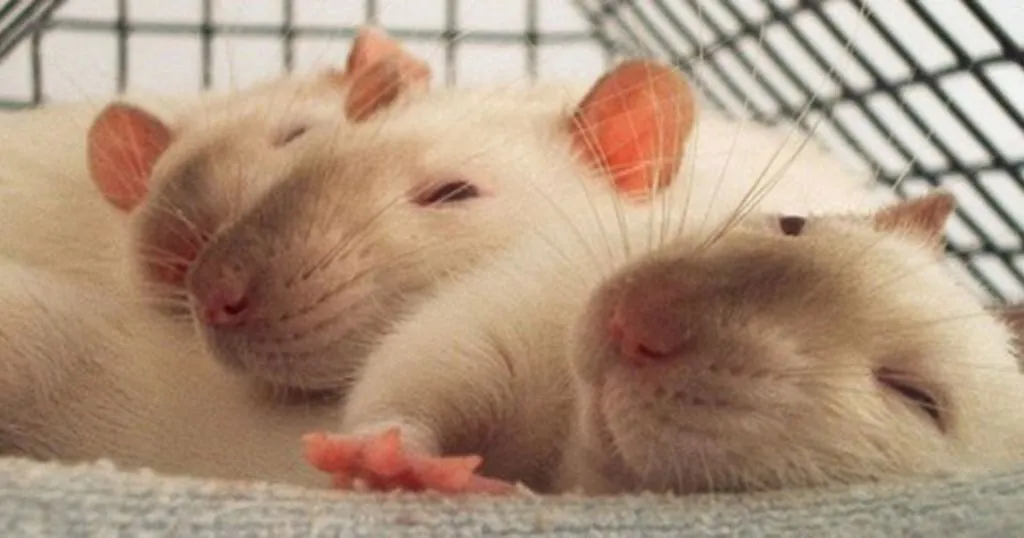Horses: behavioral research, physiology and biomechanics
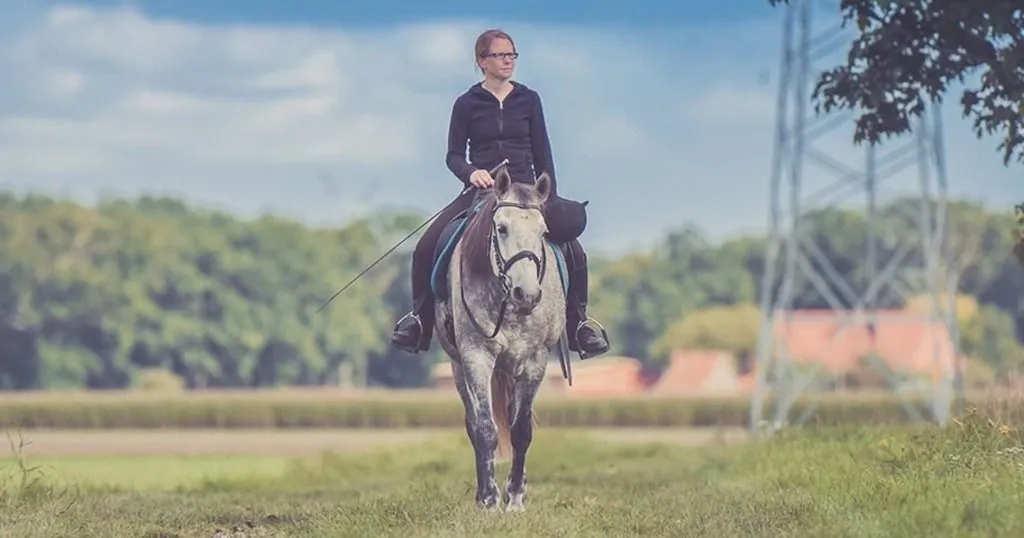
Besides the study of the relation between humans and popular pets such as cats and dogs, human-horse interaction is an increasingly popular subject of science.
Posted by
Published on
Tue 15 Nov. 2011
Topics
| Welfare | Animal-human Interaction | Horses | The Observer XT | Video Observation |
Not long ago, we wrote a blog post on human-cat interaction. Besides the study of the relation between humans and popular pets such as cats and dogs, human-horse interaction is an increasingly popular subject of science.
International Society of Equitation Sciences
There has always been a lot of discussion amongst people that have something to do with horses. Whether leisurely riding them or training them for high level sports, the emotional component of the horse business has always caused many opinions that often clash. Of course, we human beings know the answer to that problem: let’s add some science to the mix. What can we actually say with some certainty on horse behavior, welfare, and health? This is where the ISES (International Society of Equitation Sciences) comes in.
This year their 7th international conference was held in the Netherlands, and it brought together scientists from many different nationalities and disciplines. Research presented varied from learning and stress tests in horses, to physiological measurements on horse-rider interactions, to eye-tracking measurements of judges in the dressage discipline. Equitation sciences is a field that is going through some interesting developments that could bring many advances in both horse welfare and high level sport accomplishments.
Theory and practice
This conference is unique in its combination between the theoretical and the practical. Heart rate measurement tools on both rider and horse were demonstrated life; while horse and rider where jumping some fences in the arena, graphs of their heart rates were shown life on the screen. Rain and saddle pressure devices and gait measurement systems were also demonstrated.
How to combine behavioral and physiological measurements in horses
Equitation sciences is a relatively young field of research. In laboratory rodents, the use of telemetry and combining this with behavioral measurements is not uncommon. In horses however, it is a whole different ballgame. Of course they are much bigger and their space of movement is larger, especially when doing research on horses during training. Equipment needs to be wireless, sturdy, and durable.
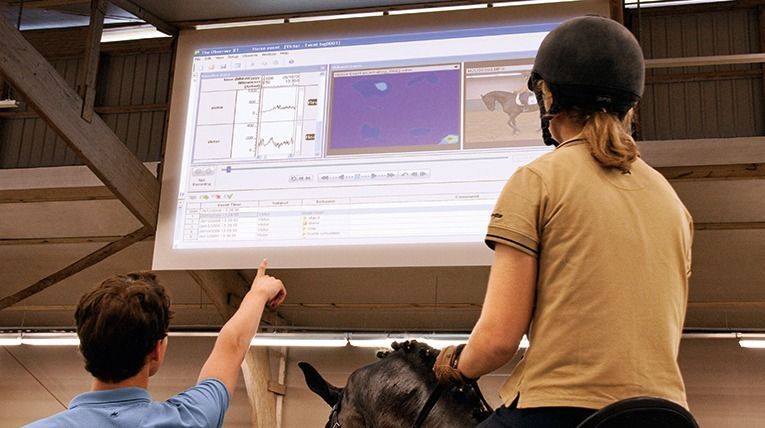
Another factor that makes research challenging is that horse are very individual animals. While one shows excitement clearly in both behavior and heart rate, another might hide it well and not show any signs while their heart rate is significantly elevated, and yet another may show clear behavioral signs while nothing particular happens to its heart rate. To get a better understanding, more factors (physiological measurements) need to be combined with behavioral measures. A challenge equitation scientists further face in the coming years.
What to measure in horse-human interaction
Current research can be summarized in three aspects: Behavior, biomechanics, and physiology. Behavior is fairly easy to study. Two focus areas include problem behavior (e.g. in the stables, during handling, during loading onto a trailer, etc.) and behavior during training or competition. Of course, behavioral measurements can be taken of both horse and handler/rider.
Biomechanical interaction between the horse and rider can be investigated with the use of strain gauges on bits, rains, and stirrups and force sensors on saddle pads and the rider’s legs. Physiological measures, mostly to indicate stress and/or strain include heart rate and heart rate variability, cortisol levels (fecal and saliva), skin and eye temperature, and plasma serotonin levels for the horse. Human measures are mainly limited to heart rate and heart rate variability. Questionnaires are an optional tool for supplemental information.
Multimodal research
The amount of multimodal research is carefully increasing, and the need for integration systems arises. That is where The Observer XT poses as an interesting platform. Indeed, during the conference, Noldus IT was able to showcase some experiments in which heart rate of both rider and horse and their behavior was combined. This is still a modest example of how The Observer XT helps out in multimodal research, surpassing it’s potential as behavioral coding device alone.
Find out more on how The Observer XT can be your integration platform for multimodal research at www.noldus.com/observer-xt-animal or request a free trial below.
Related Posts
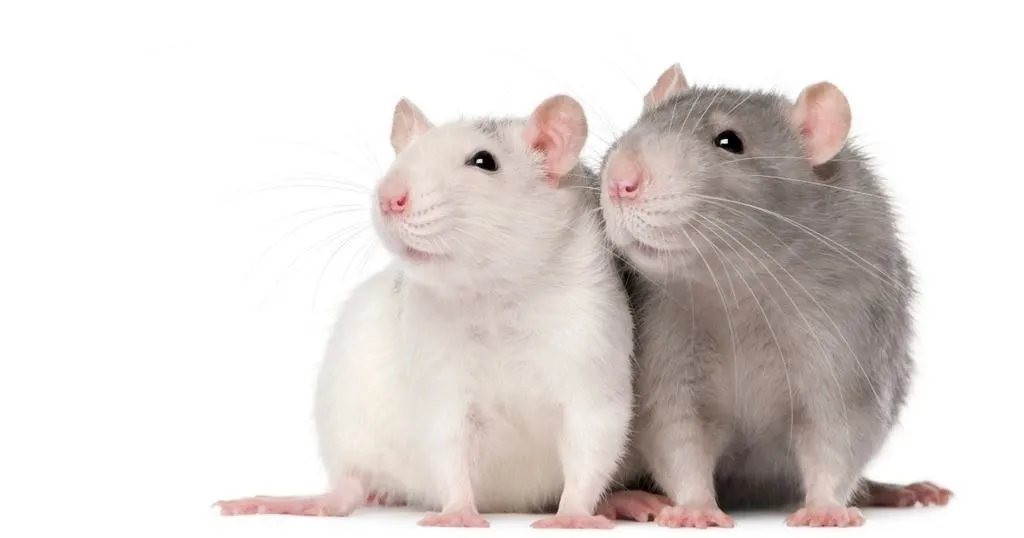
The relationship between social hierarchy and social stress
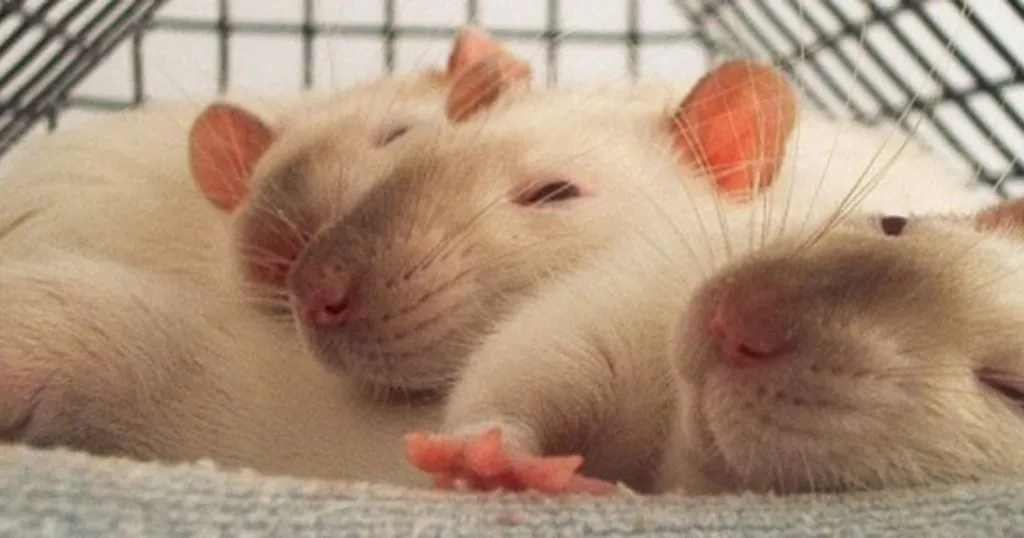
Why rats help other rats
